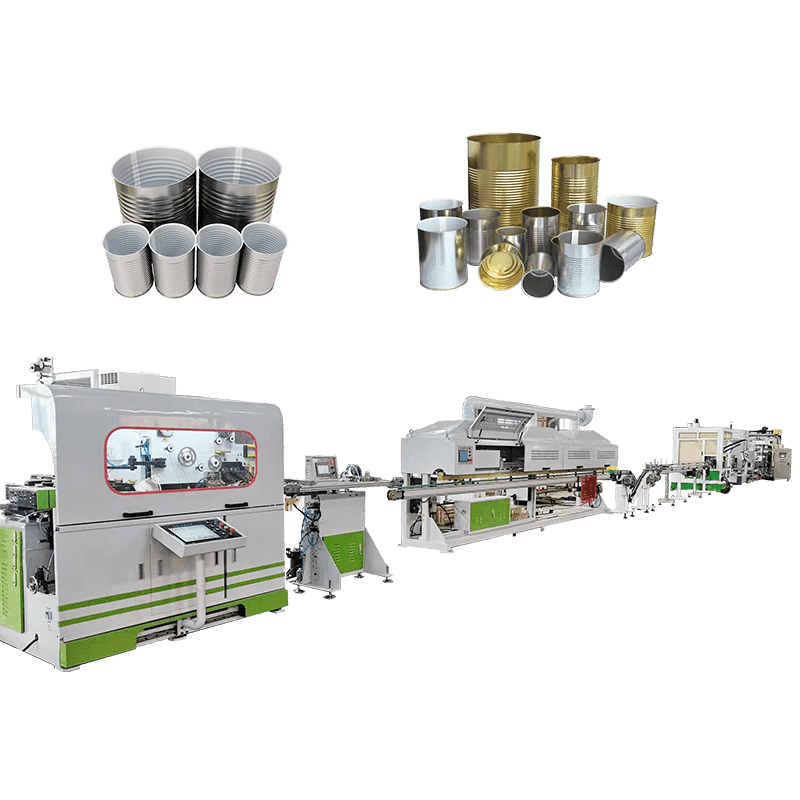Aerosol Tin Can Cone & Dome Production Line is an efficient and automated production line for the production of conical bottom and dome parts of aerosol cans. Among them, the curling process is a crucial link in the entire production process, which directly determines the connection strength and sealing performance of the aerosol can parts and the can body. The curling process curls and processes the edges of the formed conical bottom and dome so that they can be tightly combined with the can body.
1. The role of the curling process
The core role of the curling process is to curl and compact the edges of the aerosol can parts to form a smooth and regular connection interface. This interface is a key part of the aerosol can structure and directly affects the sealing and overall strength of the can body. The quality of the curling not only affects the appearance of the aerosol can, but also determines its pressure resistance and leak-proof performance. Therefore, a high-precision, high-quality curling process is an important link in the aerosol can manufacturing process.
2. The process of the curling process
The curling process is divided into multiple steps, and each step is crucial to the quality of the final product. The following is a detailed process of the curling process.
Initial forming: Before the curling process begins, the conical bottom and dome of the aerosol can have been stamped and shaped to form a preliminary part outline. These parts have a certain thickness and curvature, but the edges are relatively rough and are not suitable for direct connection. The first step of the curling process is to transfer these parts to the curling equipment for preliminary curling so that the edges have a basic curling shape.
Curling preparation: In order to ensure flatness and symmetry during the curling process, the edges of the parts need to be cleaned and lubricated before curling. This step is mainly to remove impurities or unevenness on the edges to ensure that the curling machine can work smoothly. The right amount of lubricant can also reduce the friction and heat generated during the curling process and avoid material damage.
Curling process: The curling process is the most core link in the entire curling process. The curling machine uses a specific mold and pressure system to curl the edges of the conical bottom and dome into a curvature that meets the design requirements. The curling process is divided into primary curling and secondary curling:
Primary curling: The curling machine will first curl the edge of the part inward to form a preliminary bend. This process requires that the curvature of the edge curling is uniform to ensure that the subsequent secondary curling can proceed smoothly.
Secondary curling: On the basis of the initial curling, the curling machine continues to apply pressure to completely roll in and compact the edge to form the final curling shape. The purpose of the secondary curling is to ensure the firmness and accuracy of the curling and avoid loose or irregular curling.
Forming and testing: After the curling is completed, the curling part needs to be formed to ensure that the curvature and shape of the curling meet the design standards. Subsequently, the product will enter the quality inspection link to check the flatness, tightness and sealing performance of the curling. Usually, a combination of visual inspection and automated inspection equipment is used to ensure that the curling quality of each part meets the requirements.

 English
English عربى
عربى русский
русский




